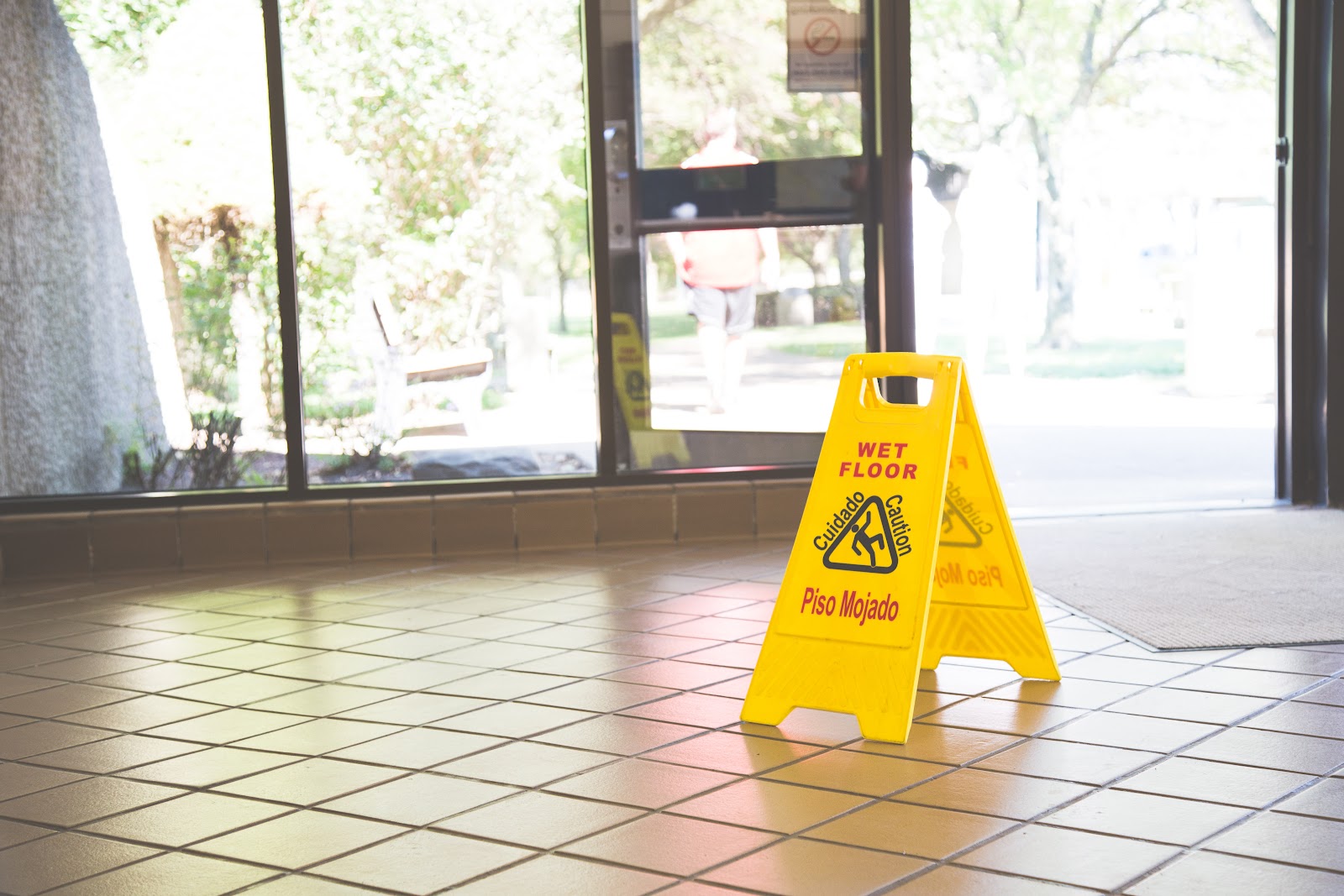Many businesses and large properties depend on elevators to move their visitors from different floors of the building. Many of us step on and off these elevators without ever thinking twice. But, like any piece of mechanical equipment, elevators can malfunction, causing injuries to passengers.
Many elevator accidents can cause life-changing damage to the feet, ankles, knees, legs, hips, and spine. An elevator accident can also be much more complicated than many other personal injury actions. This is because there may be several entities that may be to blame.
Oftentimes, the elevator used by the injured person is located in a building that is owned by one group, possibly leased by another, and maintained or operated by an entirely separate party. Not to mention that the manufacturer, seller, and insurance companies are also different parties. The question then becomes: Who is liable for your injuries after an elevator accident?
This complexity highlights the importance of getting help from an attorney in case of an elevator accident injury. If your accident occurred due to another party’s actions or negligence, you may be able to make a successful claim for the pain and losses you suffered. A capable elevator accident attorney like those on the team at Cardone Law Firm can help you file a lawsuit and get a fair settlement.

The first thing to do after you’ve suffered an elevator accident is to seek medical attention for any harm you may have suffered. While serious injuries may often be obvious, they can sometimes appear as simple, minor wounds. Plus, even minor injuries can carry with them incredibly high medical bills. That’s why it’s so important to see a doctor after an elevator accident, even if you only see signs of minor harm. This may be essential to connecting your injuries to the accident itself.

The most common causes of elevator accidents include:

To be successful in receiving compensation after an elevator accident, the plaintiff must prove:

The National Institute for Occupational Safety and Health (NIOSH) reported that over 10,000 individuals are injured in elevator accidents annually in the United States. Nearly 30 people die each year from faulty or malfunctioning elevators.


While government entities are exempt from some types of liability, tort or personal injury liability is not one of those types. If you or your loved one were injured in an elevator in a public building, reach out to a capable lawyer for help seeking justice for the wrongs and suffering you’ve faced.
Through a successful lawsuit for an elevator injury, you can expect to receive two primary types of compensation: economic and non-economic damages. Economic damages include monetary expenses and losses, such as lost wages or the cost of an at-home nurse, for example. Non-economic damages include non-tangible losses, such as pain and suffering. The at-fault party’s insurance company may foot the bill, or else the at-fault party will have to pay for your losses themselves.

Coming Soon
We will update this section with more helpful information for you.

Copyright © 2025 Cardone Law Firm
Powered by
Cobalt Digital Marketing